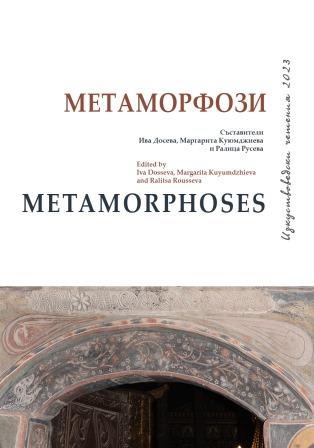An Icon of the “Immaculate Virgin” on an Inverted Crescent (1865) in the Chryssopigi Monastery, Canea, Crete: A Hidden New Meaning of an Old Allegory?
An Icon of the “Immaculate Virgin” on an Inverted Crescent (1865) in the Chryssopigi Monastery, Canea, Crete: A Hidden New Meaning of an Old Allegory?
Author(s): Ioannis VitaliotisSubject(s): Fine Arts / Performing Arts, Visual Arts, History of Art
Published by: Институт за изследване на изкуствата, Българска академия на науките
Keywords: iconography; Virgin Mary; Apocalypse; Immaculate Conception; Christian symbols; 19th c. paintings; religious prints
Summary/Abstract: The “Immaculate Virgin” (1865), in the Chryssopigi Monastery, Canea, painted and donated by Georgios Koutsoukakis, depicts a seated Virgin holding Christ and stepping on an inverted crescent moon and a serpent. Its indirect prototype, labeled “The Lady of the Angels”, was created by Ioannis Frangopoulos (1841), inspired by a relief on the façade of the homonymous church in Zakynthos, and by the Catholic devotional imagery of the “Immaculate Conception”. The diffusion of this peculiar iconography in Ottoman Crete since 1840’s through the painter Antonios Vevelakis (copied by Koutsoukakis), possibly indicates its re-interpretation as an anti-Ottoman symbol.
Journal: Изкуствоведски четения
- Issue Year: 2023
- Issue No: 1
- Page Range: 295-318
- Page Count: 24
- Language: English
- Content File-PDF

